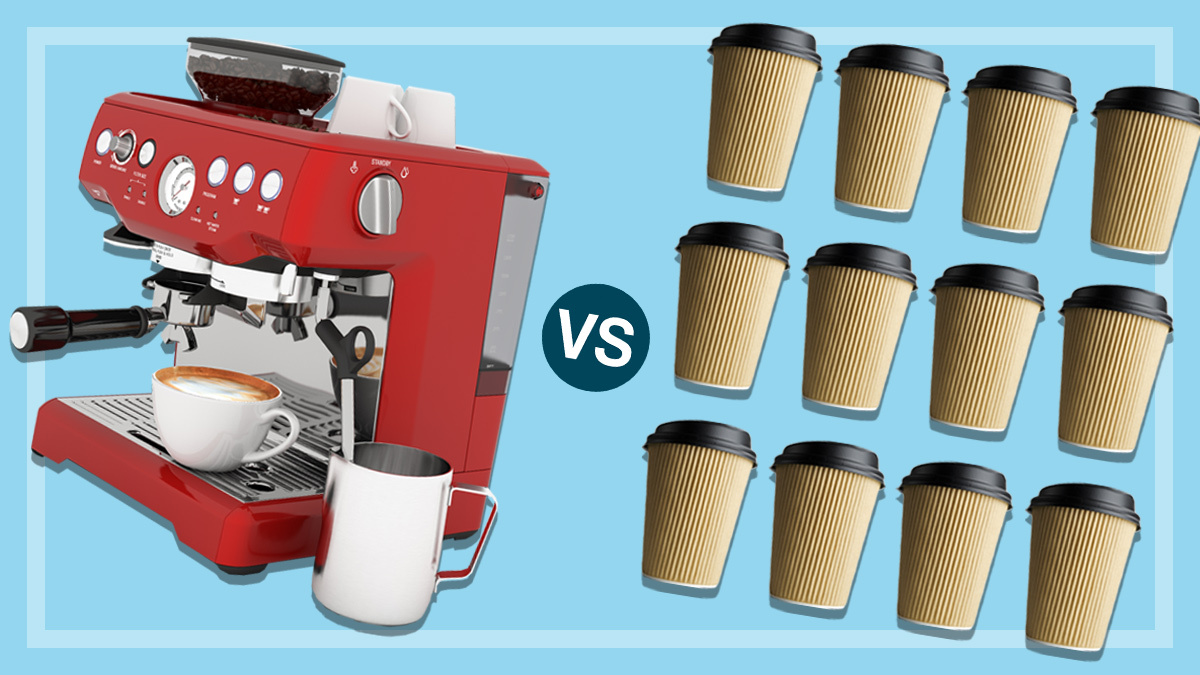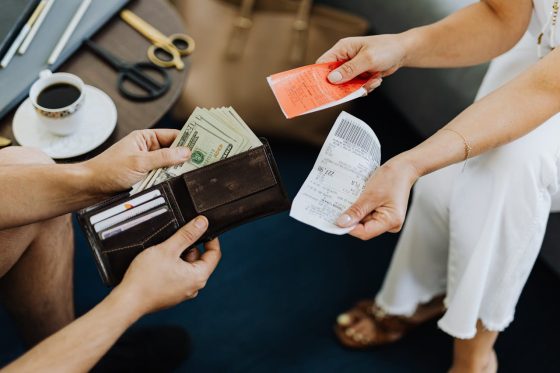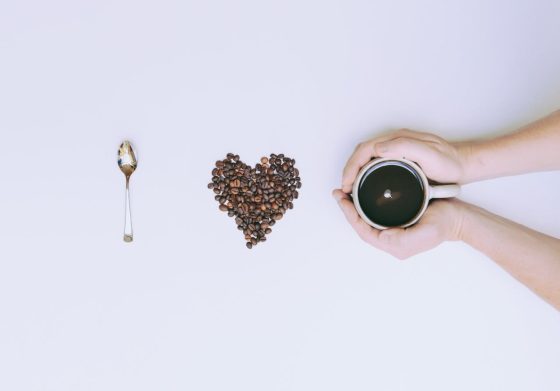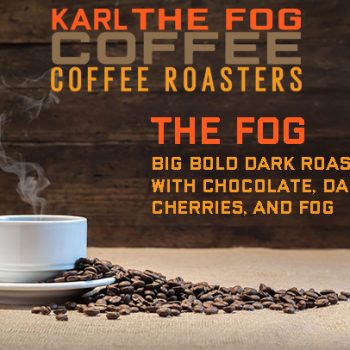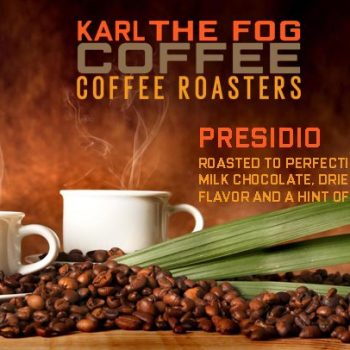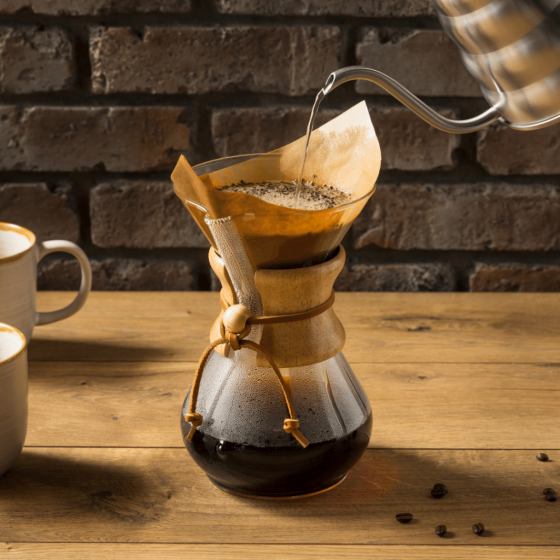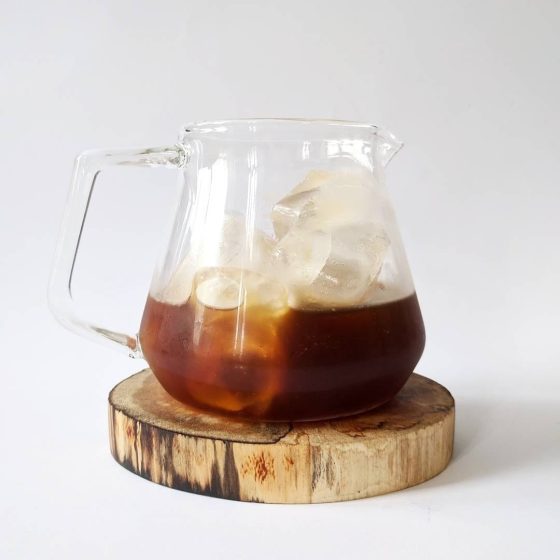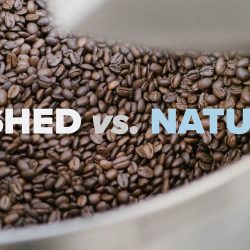When comparing the price of store-bought coffee versus whole-bean coffee, several factors come into play. Here’s a breakdown:
- Initial Cost: Store-bought coffee is often cheaper upfront because it’s already ground and packaged, whereas whole bean coffee requires additional equipment like a grinder. However, over time, investing in a grinder may save money as whole beans tend to retain their freshness longer.
- Quantity Purchased: Buying coffee in bulk, whether it’s store-bought or whole bean, typically results in cost savings per ounce or gram. Consider purchasing larger quantities to save money in the long run.
- Quality: Whole bean coffee often offers higher quality and fresher flavors compared to pre-ground coffee found in stores. While this may come at a slightly higher price, the superior taste and aroma can be worth the investment for coffee enthusiasts.
- Flexibility: Whole bean coffee allows you to customize the grind size according to your brewing method, resulting in better extraction and flavor. With store-bought coffee, you’re limited to the pre-ground size, which may not be optimal for your brewing equipment.
- Specialty Options: Whole bean coffee often includes a wider variety of specialty options, such as single-origin beans or blends from specific regions. While these may come at a higher price point, they offer unique flavors and characteristics that may not be found in store-bought coffee.
- Packaging: Store-bought coffee typically comes in pre-packaged containers, which may contribute to its lower cost. Whole bean coffee, especially when purchased from specialty shops or roasters, may be sold in premium packaging designed to maintain freshness, which can increase the price.
Overall, while store-bought coffee may initially seem cheaper, whole-bean coffee offers greater control over freshness, flavor, and customization, which may justify the slightly higher cost for many coffee enthusiasts. It ultimately comes down to personal preference and budget considerations.
For many people, a cup of coffee is essential to their daily routine. But how much does it cost, and how can you save money on this indulgence? Let’s dive into the world of coffee budgets and tips for cutting costs.
The average cost of a cup of coffee
According to 2022 data, the average price for a cup of coffee in the United States is $4.90. This can vary depending on location and type of coffee shop, but it’s safe to say that your daily caffeine fix can add up over time when it’s nearly $5 a pop.
Coffee budget: Cost of homebrew vs. coffee shop coffee
While buying a cup of coffee from a shop might be convenient, it can be much more cost-effective to brew your own at home. Let’s compare the cost of brewing at home versus buying from a coffee shop.
Home-brewed coffee
The average cost range for a pound of ground coffee is $8-$20. The average pound of coffee can make roughly 24-46 cups of coffee. That’s an average of just 26 cents per cup! Of course, this depends on the quality and type of coffee you choose.
Coffee shop coffee
On average, a small brewed coffee from a coffee runs about $2.50, give or take. If you purchase one every day for a month, that adds up to $75! That’s significantly more expensive than brewing at home unless you’re sporting a fancy espresso machine.
How to save money on coffee
There are a few more things you can do to save money on coffee besides switching to home brew:
Make your coffee at home – Investing in a good quality coffee maker and brewing your own coffee at home can save you a significant amount of money in the long run.
Buy online – We offer 6oz, 12oz, and 5 lbs bags of various flavors from farm fresh and roasted to perfection in small batches to deliver a fresh bag of coffee to you.
Buy in bulk – If you do buy your coffee from a cafe or shop, consider buying larger quantities to save money per cup. Some coffee shops also offer discounts for buying in bulk.
Use rewards or loyalty programs – Many cafes and chain coffee shops have rewards or loyalty programs that can earn you free drinks or discounts. Take advantage of these to save money.
Bring your own reusable cup – Not only is this more environmentally friendly, but many coffee shops also offer a discount if you bring your own cup.
Make your own flavored syrups – Instead of buying expensive flavored coffee drinks, try making your own syrup at home using simple ingredients like sugar and vanilla extract.
Experiment with different brewing methods – Various brewing techniques can bring out different flavors in coffee beans. Try experimenting with a French press or pour-over method to find what you enjoy and save money on expensive specialty drinks.
Love that daily cup even more
Coffee can be a daily indulgence, but it doesn’t have to break the bank. By following these tips and being mindful of your coffee budget, you can enjoy your caffeine fix while also saving money in the long run.
One of our customers did a price breakdown and was kind enough to share their findings for this article.
A 10-ounce can of decaffeinated Bustelo espresso coffee lasts me and my husband 57 days. At $5.79 ($1.00 more than regular), that means $0.10 per day.
If you add the cost of milk (we use about 1 cup or 8 oz. for our two coffees at a cost of $0.24), the cost per day goes up to $0.34.
Whole milk – $0.03 per oz. (based on a half gallon or 64 oz. for $2.19)
We both use about a teaspoon of sugar per cup which costs about $0.01 per teaspoon, if you buy a 5-lb. bag of sugar.
Sugar – $0.01 per teaspoon (based on 5 lb. bag at $4.99 which is $1.00 per lb. and $0.06 per oz.)
Now we can’t forget about the cost of the equipment. My little Krups espresso machine was a wedding present (thanks Tuvana!), but to Krups’ credit, my trusty gadget has never given me problems and the $60 price seems to have remained the same in those ten years.
Let’s say you buy the machine at $60 and you use it every day for one year, it will cost you $0.16 per day. If you use it for 10 years, like I have, it works out to $0.02 per day.
Wear and tear: During those ten years, I managed break two carafes at the cost of about $17 per carafe — dang! — which adds a whole cent to the machine’s daily operating cost for a grand total of $0.03 per day (over a ten-year period).
In summary, our coffee made at home cost us:
Coffee – $0.10
Milk – $0.24
Sugar – $0.02
Equipment – $0.03
Total $0.39 per day for 2 coffees
Now for the comparison with store-bought coffee.
My coffee would probably be considered a cafe’ au lait, but Starbucks only makes a cafe’ au lait with brewed coffee (which they call Cafe’ Misto). So my cup also resembles their Latte, which is made with espresso, minus the foamy milk. (I don’t use the foaming mechanism on my machine, which I found too much trouble and not that effective.)
Caffe’ Latte – Tall (12 oz.) $3.15 (Espresso with steamed milk and light foam)
Cafe’ Misto – Tall (12 oz.) $2.20 (One-to-one mix of brewed coffee and steamed milk)
Since my home-made coffee would land somewhere in between these two drinks, let’s say the cost is halfway between a Latte and a Misto at $2.68.
My husband’s coffee, in his tiny espresso cup and saucer, would be considered an Espresso Macchiato, although admittedly, without that slight layer of foam, it’s not as pleasing. So let’s knock off $0.50 from the cost of his $1.45 Starbucks macchiato for a total of $0.95.
Home cost for 2 coffees – $0.39
Estimated Starbucks cost for 2 similar coffees – $3.63
Savings per day: $3.24
What about annually?
Cost of 2 homemade coffees every day for a year – $143
Cost of similar Starbucks coffees every day for one year – $1325
Total savings of homemade coffee per year = $1,183
Ten year savings = $11,830
Best selling products
-
THE FOG Coffee
Price range: $11.25 through $82.50 — available on subscription -
PRESIDIO Coffee
Price range: $10.50 through $71.60 — available on subscription -
SUNSET Coffee
Price range: $10.50 through $81.80 — available on subscription -
SONOMA Decaf Coffee
Price range: $11.25 through $78.00 — available on subscription

